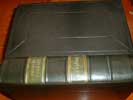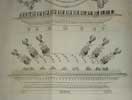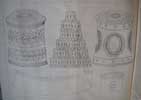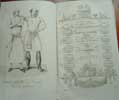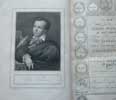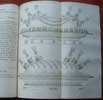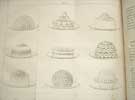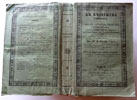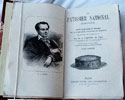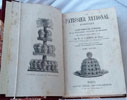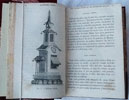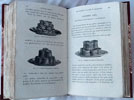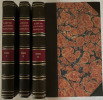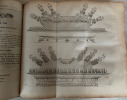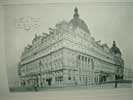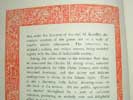The Royal Parisian Pastry Cook
AND CONFECTIONER: FROM THE ORIGINAL OF M. A. CAREME, OF PARIS. EDITED BY JOHN PORTER, FORMERLY COOK TO THE MARQUIS CAMDEN, SUBSEQUENTLY AT THE SENIOR UNITED SERVICE AND TRAVELLERS' CLUBS, AND NOW AT THE ORIENTAL. WITH ILLUSTRATIVE PLATES. LONDON: F. J. MASON, 444, WEST STRAND. M.DCCC.XXXIV.
FIRST AND SOLE EDITION. 1834. 8vo. 2 feps. Half Title. Frontispiece. Title Page (with previous owners inscription at the top of the page). [1] 1p. 'Advertisement. [1] (2-394) including 22pp 'Index' Including 9 plates illustrating Careme's 'Pieces Montees'. (7 folding) Plate 8 is the Frontis and Plate 9 is mis-bound. Fully bound in modern black calf with blind tooling on boards. Spine with raised bands, blind tooling, 2 Black leather labels with gilt lettering, gilt lines and gilt dots. The date of 1834 in gilt in the bottom compartment. Text block untrimmed and very clean, almost as new. Extremely scarce.
- This is John Porter's English translation of Careme's 'Le Patissier Royal'. In William Hall's other English translation of Careme's books, (1936) Hall, in his preface, draws attention to this volume by Porter that appeared in print two years earlier than his book. He takes care to distance himself from this translation, saying; "I am content to allow this [my] translation to rest on its own merits" This statement is warranted, as Hall's work is a translation of three of Careme's books with 76 true facsimiles of the original 'Pieces Montees' plates, while this one by Porter is a translation of just one of Careme's six major published works, with only 7 plates. It is a somewhat lesser book than Hall's, but as interesting and still an important addition to any cookery book collection. It is also as rare as Hall's.

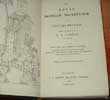
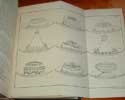

click on image to enlarge

Antiquarian category
ref number:
10951 